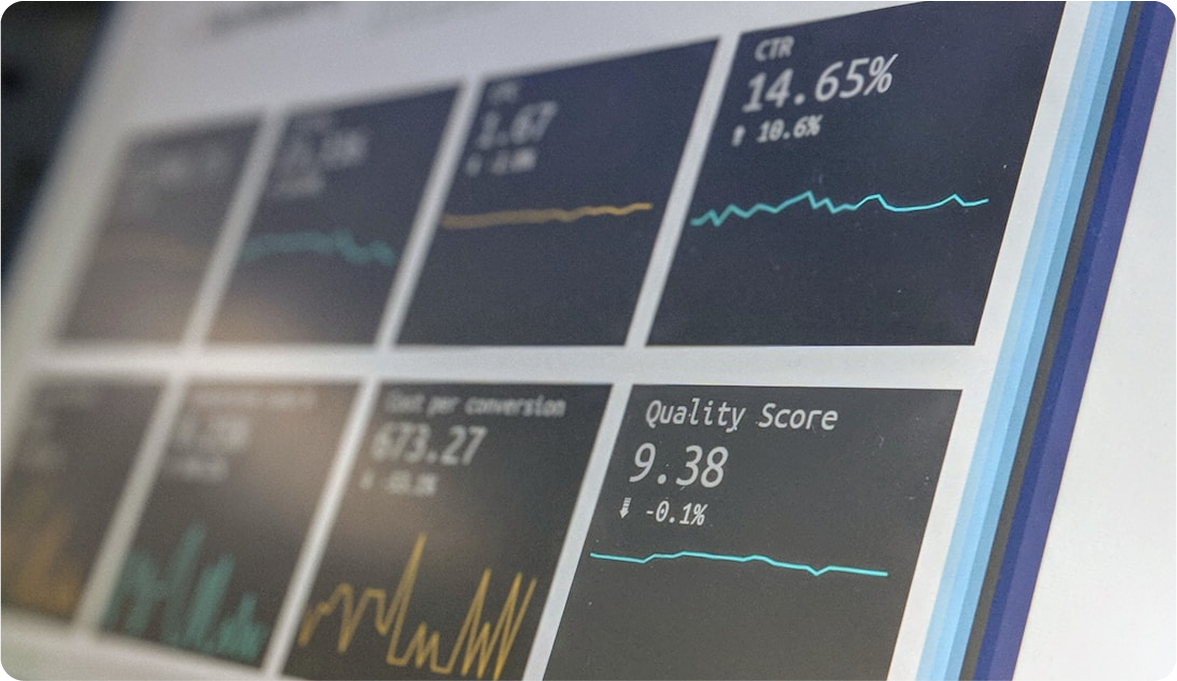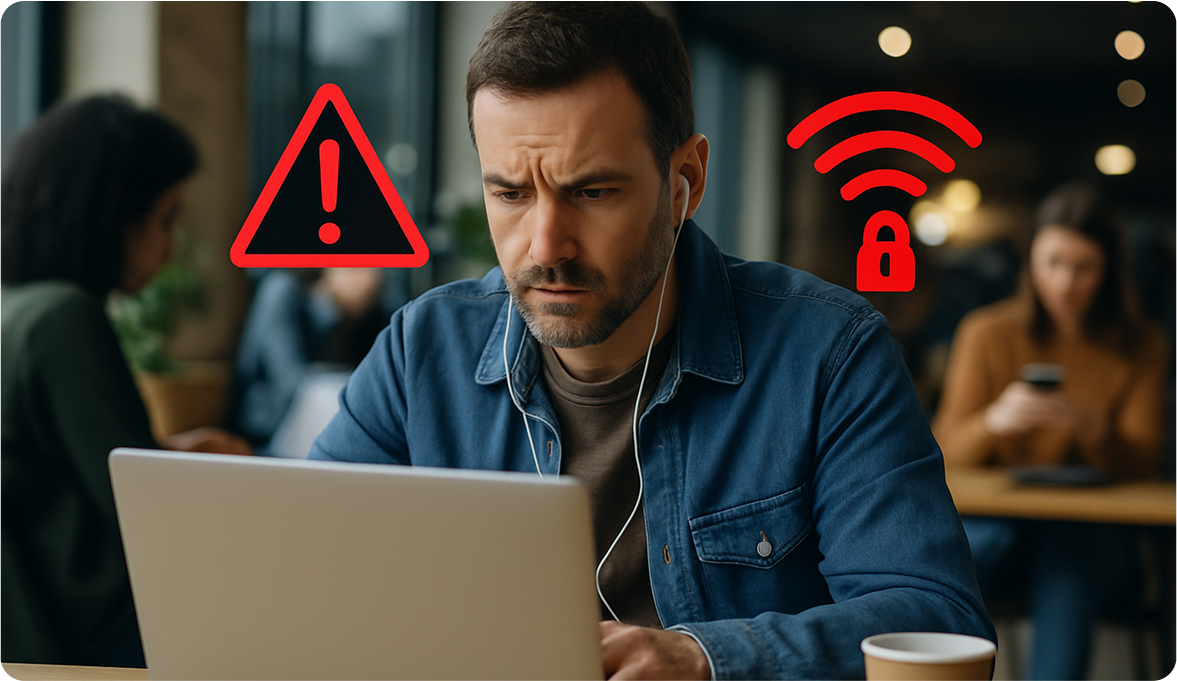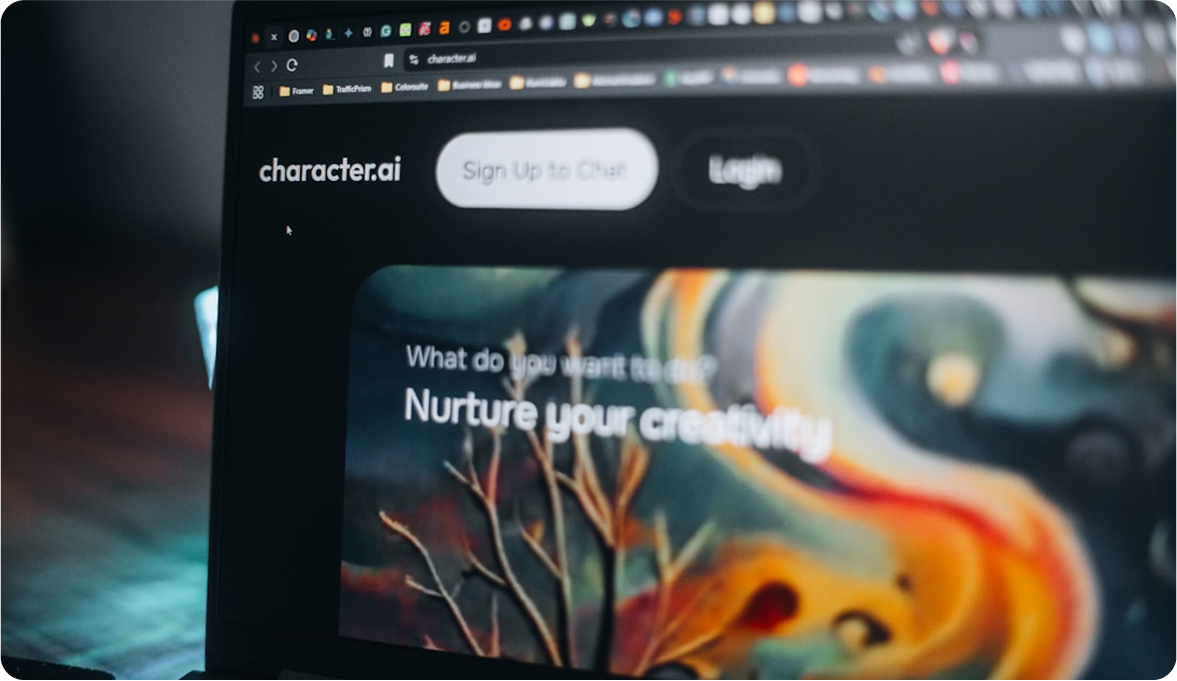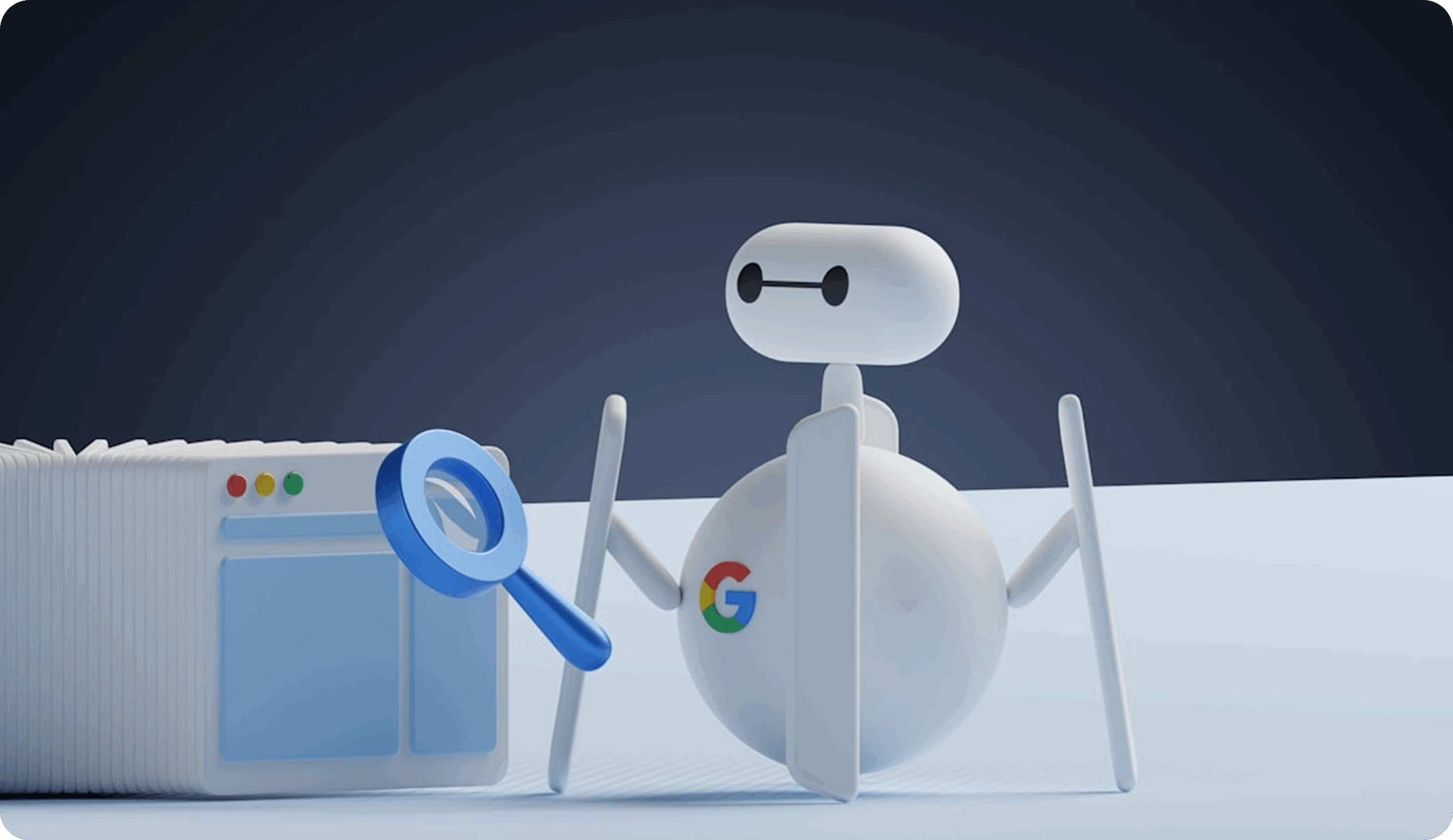SEO Mistakes That Are Killing Website Traffic
.

What are SEO mistakes and Why Do They Matter?
SEO mistakes are critical errors in your website’s optimization strategy that can severely impact your search engine rankings and organic traffic. These seemingly small oversights can lead to devastating consequences, including google search traffic drop, reduced visibility, and ultimately, lost revenue.
When you make SEO mistakes, you’re essentially telling search engines that your website doesn’t deserve to rank well. Google’s algorithms are sophisticated enough to detect these errors and penalize your site accordingly. The result? Your google organic traffic dropped, your competitors outrank you, and your business suffers.
Understanding and avoiding these mistakes isn’t just about maintaining your current rankings—it’s about protecting your website’s future growth potential. Every SEO error you allow to persist is a missed opportunity to attract more visitors and convert them into customers.
Why are SEO Mistakes So Damaging ?
- They confuse search engine crawlers and hurt your indexing
- They create poor user experiences that increase bounce rates
- They waste your link equity and authority
- They can trigger manual penalties from Google
Critical SEO Mistakes That Kill Website Traffic
Duplicate Content Issues
Duplicate content is one of the most common and damaging SEO mistakes. When you have duplicate pages seo problems, search engines struggle to determine which version to rank, often resulting in none of your pages performing well.
Common duplicate content scenarios:
- Multiple URLs leading to the same content
- Product pages with identical descriptions
- Blog posts republished without proper canonicalization
- Session IDs creating duplicate parameter URLs
This confusion leads to keyword cannibalization, where your own pages compete against each other instead of dominating search results.
Keyword Cannibalization
Keyword cannibalization occurs when multiple pages on your website target the same keywords, causing them to compete against each other in search results. This internal competition dilutes your ranking potential and confuses search engines about which page should rank for specific queries.
Signs of keyword cannibalization:
- Multiple pages ranking for the same keyword
- Fluctuating rankings for target keywords
- Pages stealing clicks from each other
- Decreased overall organic visibility
Broken Links and Technical Errors
Broken links are silent traffic killers that create poor user experiences and waste valuable link equity. When search engines encounter broken links, they view your site as poorly maintained, which can negatively impact your overall authority.
Types of broken link issues:
- 404 error pages from deleted content
- Outdated internal links pointing to moved pages
- External links to removed or changed URLs
- Redirect chains that slow down page loading
Poor Site Structure and Navigation
A confusing site structure makes it difficult for both users and search engines to navigate your content. This leads to poor crawling efficiency and reduced user engagement, both of which contribute to traffic decline.
Missing or Poorly Optimized Meta Tags
Neglecting meta titles and descriptions is a critical mistake that directly impacts your click-through rates from search results. Even if you rank well, poor meta optimization can kill your traffic potential
How to Identify and Fix These Traffic-Killing Errors?
Conduct a Comprehensive SEO Audit
Start by using tools like Google Search Console, Screaming Frog, or SEMrush to identify technical issues on your website. Look for:
- Pages with duplicate title tags or meta descriptions
- Broken internal and external links
- Multiple pages targeting the same keywords
- Crawl errors and indexing issues
Fix Duplicate Content Problems
Immediate actions:
- Implement canonical tags to specify preferred versions
- Use 301 redirects for duplicate pages
- Create unique content for similar pages
- Set up proper URL parameters in Google Search Console
Resolve Keyword Cannibalization
Strategic solutions:
- Consolidate similar pages into comprehensive resources
- Redistribute target keywords across different pages
- Use internal linking to establish clear page hierarchy
- Create topic clusters around main keywords
Repair Broken Links
Technical fixes:
- Regularly monitor for broken links using automated tools
- Update internal links when you move or delete pages
- Replace broken external links with working alternatives
- Set up proper 404 error pages with helpful navigation
Best Practices to Prevent Future SEO Mistakes
Implement Regular SEO Monitoring
Set up automated alerts for critical SEO metrics and conduct monthly technical audits. This proactive approach helps you catch seo errors before they cause significant traffic drops.
Create Content Guidelines
Establish clear guidelines for your content team to prevent duplicate content and ensure consistent optimization practices. Include keyword research protocols and content structure requirements.
Use Proper URL Structure
Implement clean, descriptive URLs that make sense to both users and search engines. Avoid dynamic parameters when possible and use hyphens to separate words.
Focus on User Experience
Remember that SEO isn’t just about search engines it’s about creating valuable experiences for your visitors. Fast loading times, mobile responsiveness, and intuitive navigation all contribute to better rankings.
Stay Updated with Algorithm Changes
Google frequently updates its algorithms, and what worked yesterday might hurt your rankings today. Stay informed about SEO best practices and adjust your strategy accordingly.
Final Thoughts on Avoiding SEO Disasters
SEO mistakes can be devastating to your website’s performance, but they’re also entirely preventable with the right knowledge and consistent effort. The key is to approach SEO holistically, focusing on both technical excellence and user value.
Remember that fixing SEO mistakes isn’t a one-time task it’s an ongoing process that requires regular attention and monitoring. By staying vigilant and following best practices, you can protect your website from traffic-killing errors and maintain strong organic performance.
Key takeaways:
- Regular audits help identify problems before they become disasters
- Duplicate content and keyword cannibalization are among the most damaging mistakes
- Technical issues like broken links compound over time if ignored
- Prevention is always better than cure when it comes to SEO
Don’t let these common SEO mistakes kill your website traffic. Take action today to audit your site, fix existing issues, and implement processes that prevent future problems. Your organic traffic and your business will thank you for it.
FAQ’S
What are the most common SEO mistakes that kill website traffic?
The most damaging SEO mistakes include duplicate content issues, keyword cannibalization, broken links, poor site structure, and missing meta tags. These errors confuse search engines and create poor user experiences, leading to significant drops in organic traffic.
How can I tell if my website has duplicate content problems?
You can identify duplicate content by using tools like Google Search Console, Screaming Frog, or Copyscape. Look for pages with identical or very similar content, multiple URLs leading to the same page, and duplicate title tags or meta descriptions.
What is keyword cannibalization and how does it hurt my SEO?
Keyword cannibalization occurs when multiple pages on your website compete for the same keywords. This internal competition dilutes your ranking potential, confuses search engines about which page to rank, and can cause fluctuating rankings for your target keywords.
How often should I check for broken links on my website?
You should monitor for broken links at least monthly, with more frequent checks during major site updates or content migrations. Use automated tools to scan your site regularly and fix broken links immediately to maintain user experience and SEO performance.
Can SEO mistakes cause Google to penalize my website?
Yes, serious SEO mistakes can trigger both algorithmic and manual penalties from Google. Issues like duplicate content, keyword stuffing, and poor user experience can result in significant ranking drops or complete removal from search results.
How long does it take to recover from SEO mistakes?
Recovery time depends on the severity of the mistakes and how quickly you fix them. Minor technical issues might see improvement within days, while major problems like duplicate content or penalty recovery can take weeks or months to fully resolve.
What tools can help me identify SEO mistakes on my website?
Essential tools include Google Search Console for technical issues, Google Analytics for traffic analysis, Screaming Frog for site crawling, SEMrush or Ahrefs for comprehensive audits, and PageSpeed Insights for performance optimization.
Should I fix all SEO mistakes at once or prioritize them?
Prioritize fixes based on impact and severity. Address critical issues like broken links and duplicate content first, followed by keyword cannibalization and meta tag optimization. This approach prevents overwhelming search engines with too many changes at once.
How can I prevent SEO mistakes in the future?
Implement regular SEO audits, create content guidelines for your team, use proper URL structures, focus on user experience, and stay updated with algorithm changes. Consistent monitoring and proactive maintenance are key to preventing future mistakes.
Will fixing SEO mistakes guarantee improved rankings?
While fixing SEO mistakes is essential for good rankings, it’s not a guarantee of immediate improvement. SEO success depends on many factors including content quality, competition, and overall website authority. However, eliminating mistakes is a crucial foundation for SEO success.
Related Services
You may also read

Introduction to AEO What is Answer Engine Optimization? Ever asked Siri a question or looked something up on Google and...

In today’s digital economy, data privacy and security are among the most talked-about issues. Whether you’re scrolling through social media,...

The convenience is undeniable. You’re at a coffee shop, airport, or hotel, and that free public Wi-Fi connection is calling...

In today’s digitally driven world, cybercriminals are constantly finding new ways to trick people into giving up sensitive information. One...

Introduction to E-E-A-T Google has long emphasized the importance of quality content. Originally framed as E-A-T — Expertise, Authoritativeness, and...

Introduction: Why Structured Data SEO Matters ? In the ever‑changing world of SEO, visibility is everything. If you want your...

Introduction to AI in SEO In 2025, AI in SEO isn’t just a trend—it’s the new standard. Artificial intelligence has...

What Is SEO Content Writing? SEO content writing is the strategic process of creating valuable, informative, and engaging content that...

In the digital age, protecting your online accounts is more important than ever. With cyberattacks and data breaches becoming increasingly...

What Is Google’s AI Overview? Google’s AI Overview—formerly known as the Search Generative Experience (SGE)—is a cutting-edge feature that uses...


